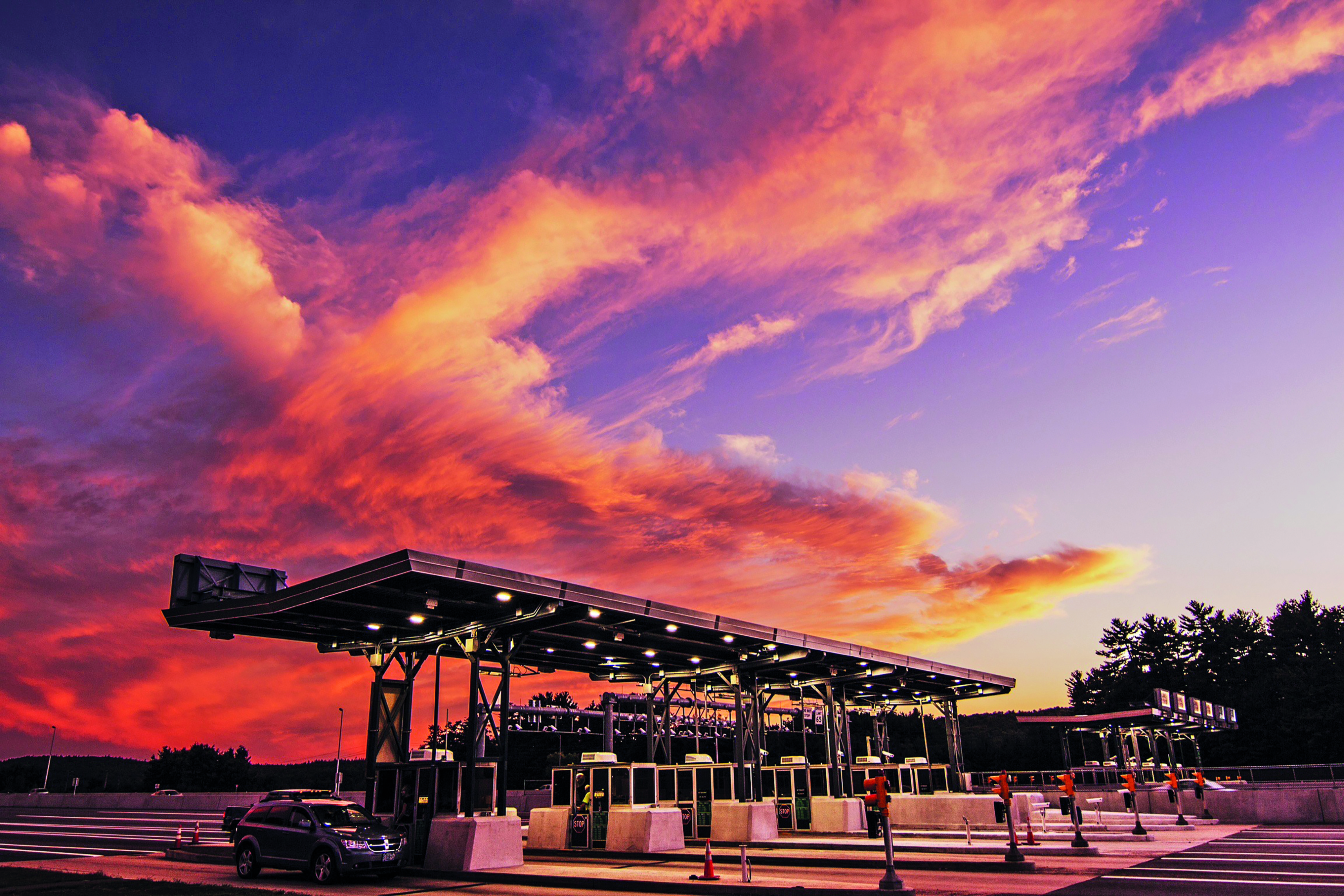
IBTTA says its TollMiner tool can transform transportation planning. Here, the tolling organisation explains how it works – and what part it might play in Donald Trump’s infrastructure plan.
Imagine being able to turn the black-and-white numbers in a spreadsheet into graphics and visualisations that tell a compelling story about essential transportation infrastructure. Having easy access to the solid, reliable data you need to plan surface transportation projects and assign project resources based on actual history, rather than hopes and expectations. Having a one-stop, online resource that puts a statistical foundation behind the effort to deliver and fund safe, reliable highway mobility. In an era when Big Data and business intelligence rule, it shouldn’t be too much to ask. But delivering on the promise can be a challenge, with dozens of different organisations assembling separate datasets, in a variety of formats, to meet an array of local expectations and priorities.
Visualisation tool
That’s why
kups. Cole attributes those shining achievements to a combination of bricks-and-mortar services, from pavement markings to emergency pull-off areas, and a fibre optic-enabled smart mobility network that spans the entire facility. Telling that kind of story, and boosting public awareness and support for the benefits tolling can deliver, is what TollMiner is all about.
Age of the exabyte
You know there might be a small data management problem on the horizon when IBM declares that the world creates 2.5 quintillion bytes of data - that’s 2.5 x 10 raised to the 18th power or 2.5 exabytes - every day. And that data point is no doubt already out of date, since the global IT giant published it last year. Transportation and infrastructure decision-makers at all levels make high-stakes choices every day - and it’s interesting that a billion feels so much bigger than an exabyte when it’s attached to the symbol for dollars, euros, pounds or yuan. Whether a decision has to do with a state or federal programme, a regional managed lane, or a neighbourhood crosswalk, we all rely on data to make sense of our world, weigh competing options - and come up with the smartest, most cost-effective solution. Since the dawn of the internet, knowledge managers have understood the difference between random, uncategorised information and focused, purpose-driven data. “IBTTA’s goal is to consolidate, cleanse, and make useful data available, in one place, that might otherwise require users to search multiple disparate data sources,” says executive director and CEO Patrick Jones. “It’s ultimately a tool to drive the tolling industry’s effectiveness, competitiveness, and growth, at a time when a host of other technologies are driving toll roads into a new era of efficiency and productivity.”
Story by numbers
TollMiner gets the global tolling industry into the data stream by telling the industry’s story - by the numbers. It’s still a new tool, with lots of development and iteration ahead. But it earned its keep in dramatic fashion in February, after the Trump administration unveiled its much-anticipated plan to jump-start a major infrastructure investment programme in the US. The White House plan was released on a Monday. By Wednesday, IBTTA had filed an opinion piece with The Hill, one of the most influential daily publications on Capitol Hill, making the case for tolling as one tool in the country’s transportation funding toolbox. The quick turnaround was a credit to the three major tolling agencies that quickly provided mini-case studies that demonstrated the front-line benefits of tolling. But the front-line success stories were also backed by solid statistics. Thanks to the up-to-the-minute agency statistics in TollMiner, it took seconds for IBTTA to accurately drive home a data-driven message: with 129 tolling entities already operating 327 roads, bridges, and tunnels in 35 states, tolling is “an essential tool in the funding toolbox, a proven solution that speeds up projects and delivers a steady, reliable funding stream to supplement scarce public dollars”.
Planning tool
A national infrastructure plan isn’t released every day, and not all the uses for TollMiner will be as immediate or high profile. But it’s already emerging as a useful planning tool for tolling agencies, vendors, policy makers, investors, and more, delivering timely intelligence on the industry’s size, scope, and capabilities. For IBTTA database manager Cindy Norcross, the process of discovering and serving members’ data needs is at least as important - in the long run, even more important - than the triumphant moment when the first round of content hits home with a key target audience. IBTTA has long been committed to serving as a clearing house for the best available statistical knowledge on the global tolling industry. With Norcross’ guidance, IBTTA developed a streamlined approach: mine and validate public data wherever it’s available, supplement it with quick, succinct member surveys, post initial data as soon as it’s available, produce visualisations that capture users’ attention - then pay close attention to what users say about the data and how they use it.
Fast turnaround
The approach is built on Norcross’ background in the Lean Startup methodology, a movement that began in Silicon Valley to create digital products that people will actually want to use. “In the past, companies have frequently tried to decide what people want, as opposed to getting out of the office, really listening to their needs, and creating products that solve their problems,” she explains. “With TollMiner, we started small, collected fewer data points, did it ourselves, and put it in a place where every member can see it, to increase engagement. We’re following the Lean Startup principle to build, measure, and learn, so that we can continually improve and evolve the product.” The fast turnaround means the data gets into users’ hands faster, and the organisation gets a quicker, truer sense of what will work. “We’re measuring the effectiveness of TollMiner by sharing it with people. Then we’ll measure how well we did and iterate again,” Norcross says. “Using this discipline, you spend less money because you’re building the tool in smaller cycles, and the feedback brings you closer and closer to what people want and need.” The other key insight: visualisation is the key to effective data delivery. Many organisations put so much effort into gathering data that they run out of time and resources to optimise its presentation. But, she adds: “Once you put something on a map, once you visualise it, it’s mind-blowing. It changes the paradigm completely, exposes new patterns and gives people a more powerful view of the data.”












